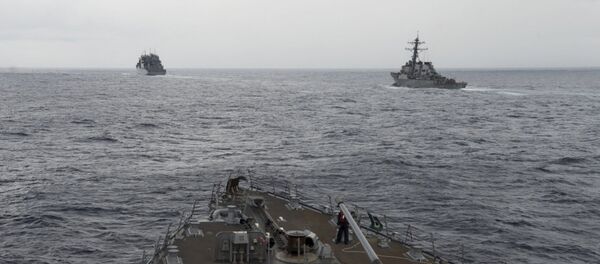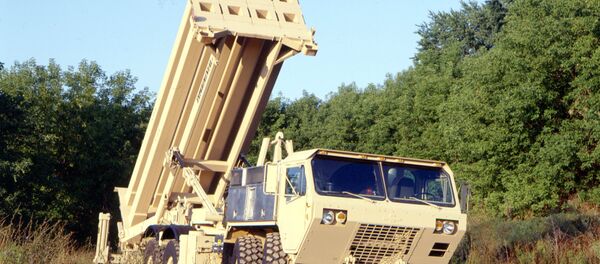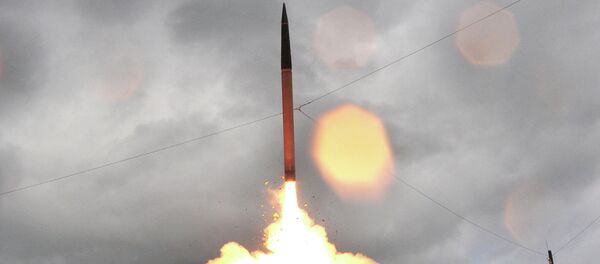Commenting on the proposal, experts noted that on the one hand such deployment would be aimed at pressuring China, on the other hand – at testing Beijing’s reaction.
Deployment of such an advanced strategic warship would be complicated. However, if the South Korean Defense Ministry were to allow the ship to be parked in the region it would essentially be breaking its promise that no US troops or military equipment would be deployed to Jeju.
"THAAD [US Terminal High Altitude Area Defense system] is incomparable to the Zumwalt. It is a brand-new strategic weapon. I’m not sure that even its temporary stop [at the Jeju base] is realistic. As for strategic deployment, it is a very complicated matter," Kim Dongyeop, professor of the Institute for Far Eastern Studies at Kyungnam University, told Sputnik Korea.
"The base is designed for deployment of Aegis-equipped warships with a Vertical Launch System capable of launching up to 20 Tomahawk missiles," the expert said.
At the same time, according to Kim, the ship has not yet undergone railgun and other weapons tests and "its deployment as a strategic weapon would be complicated."
"But if it were deployed Washington would have to revise its strategic objects management plans. Even if this happens the deployment would take a long period of time and lead to a number of difficulties," he added.
"Washington wants to signal that the deployment of the Zumwalt could deter China’s military presence. They say: 'If China doesn’t let us do one thing [THAAD deployment] we’ll find another option [Zumwalt].' By doing this, the US wants to prompt China to take responsive steps," Kim pointed out.
"The USS Zumwalt is capable of being equipped with powerful railguns. They outperform any other types of modern weapons. If such a warship was deployed near the Korean peninsula this would be a headache for China," the expert said.
"In addition to THAAD, such an anti-China US naval base would create another serious concern for China’s security," Kim said.
The expert also assumed that the initiative may have been a proposal for China to reach a compromise on the deployment of THAAD to South Korea.
The deployment was agreed by Seoul in 2016 and is expected to be completed by the end of 2017. With the stated aim of countering threats from North Korea, the issue serves as one of the main stumbling blocks in Beijing-Seoul ties.
"While there is no direct link between the Zumwalt and THAAD, the warship may be used to mount pressure over THAAD," Kim concluded.
Never miss a story again — sign up to our Telegram channel and we'll keep you up to speed!






